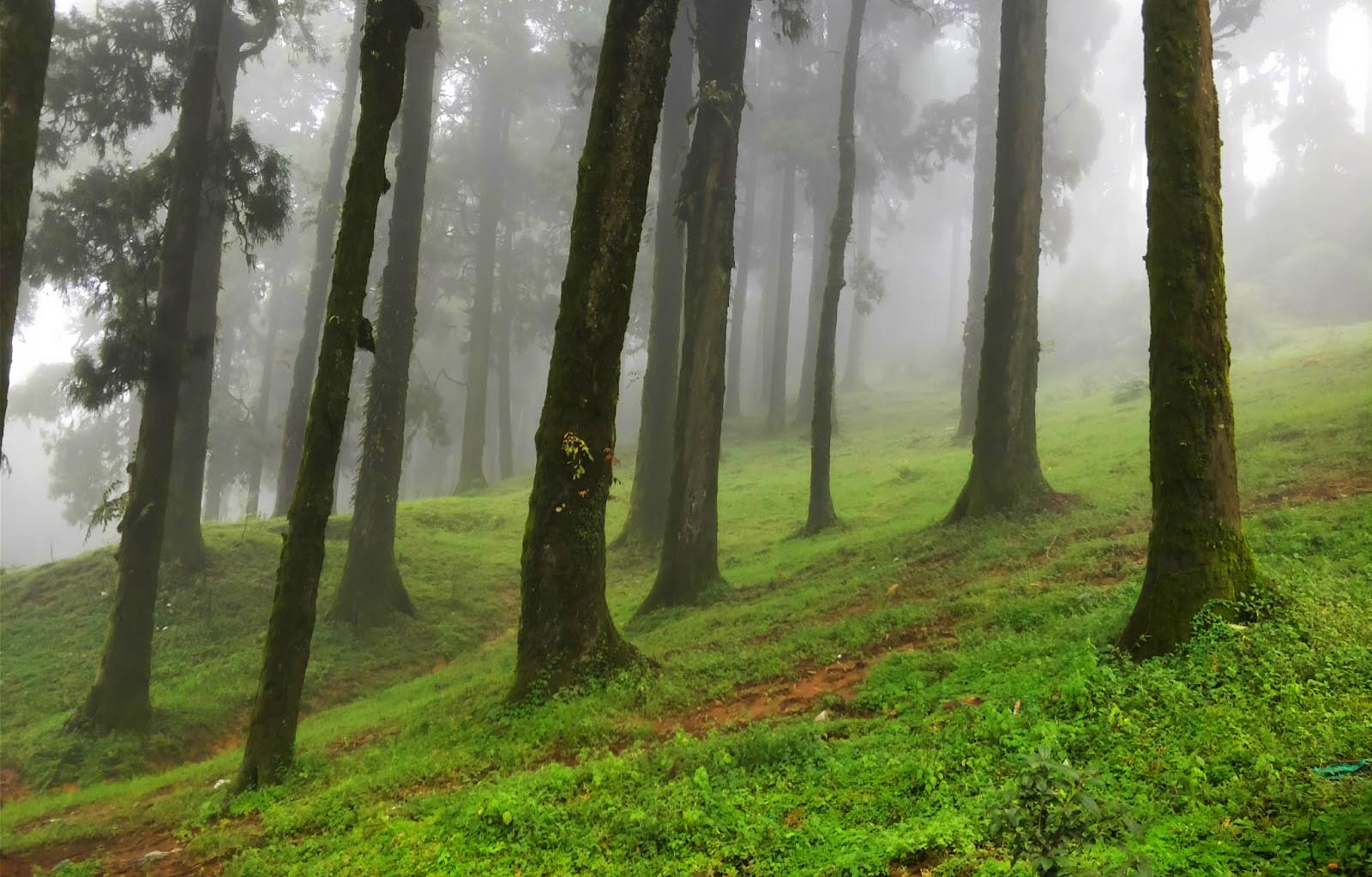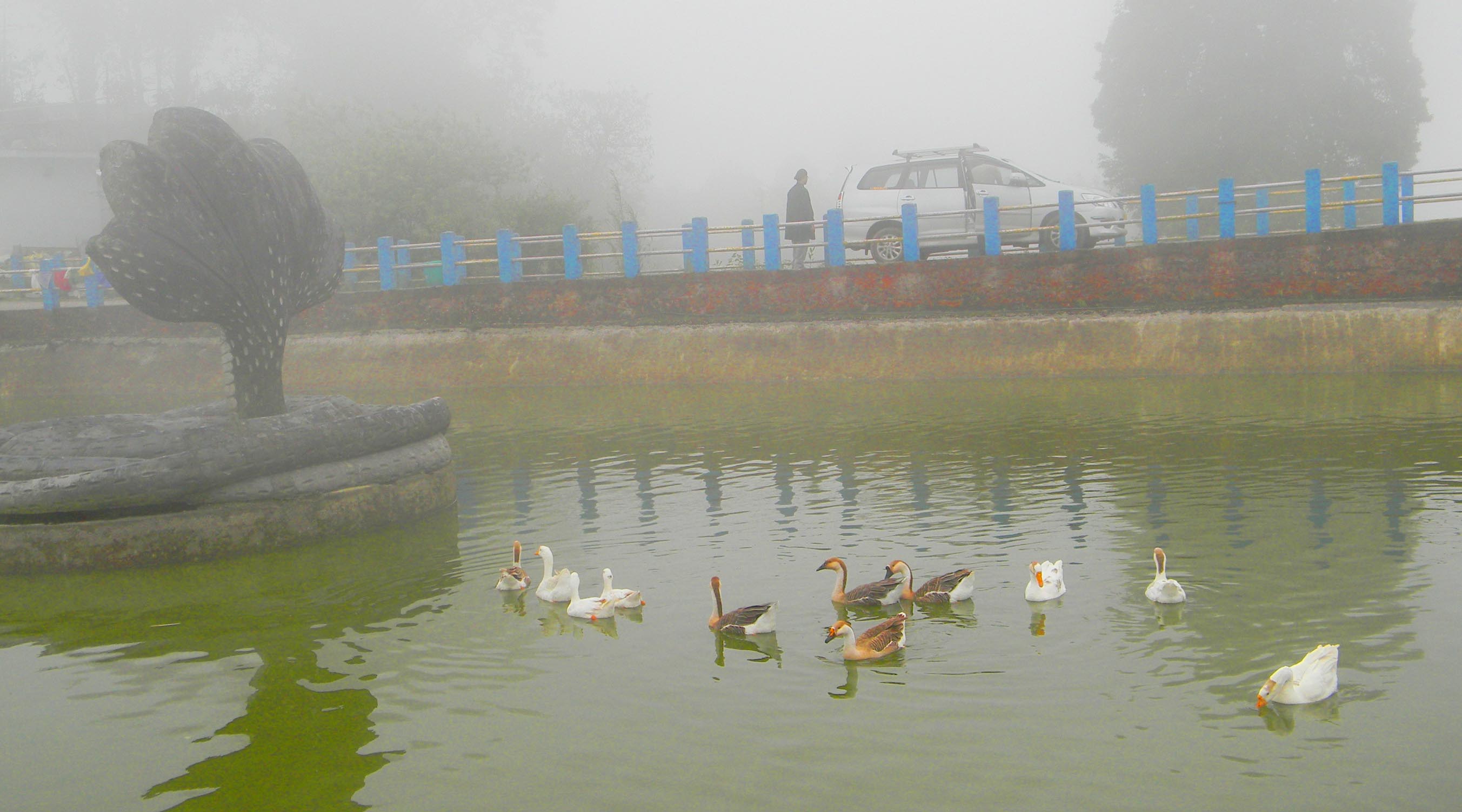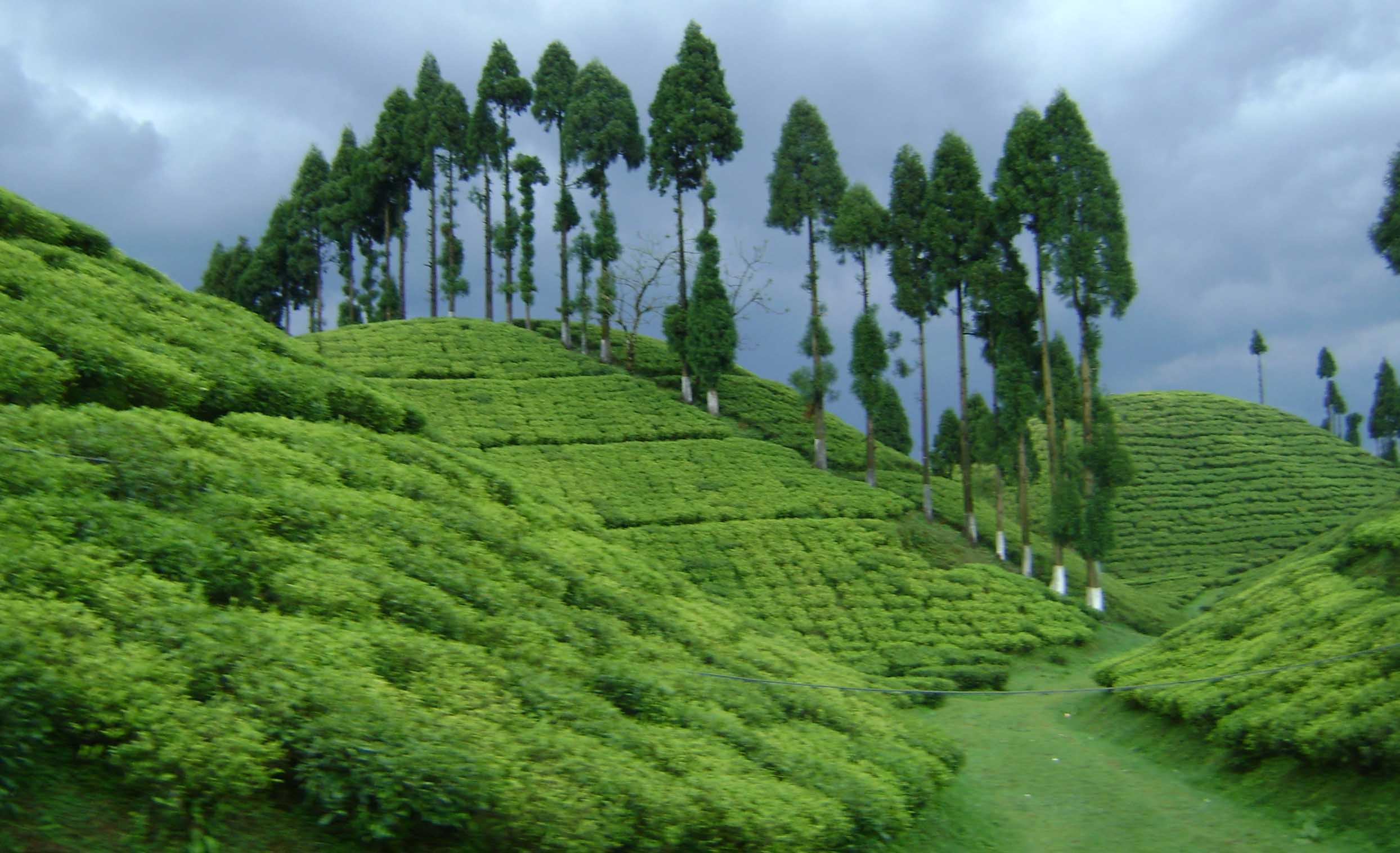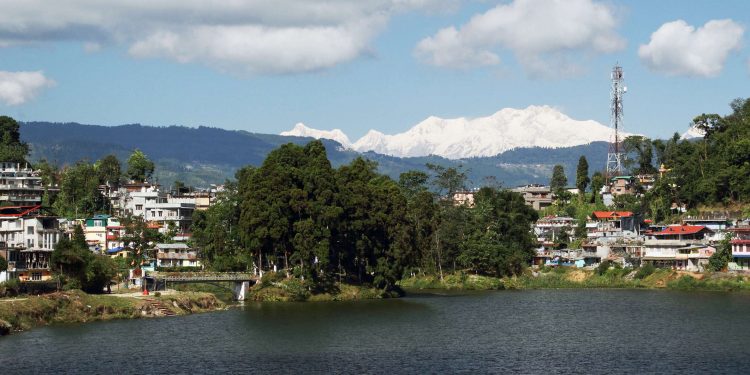Most tourists in India follow a typical pattern when they plan a trip. They conduct an opinion poll among friends and relatives to get a rough picture of the basic aspects of the planned travel — accommodation, food and the required budget. Perhaps this is the reason why a few destinations gain a lot of popularity, while many remain neglected. But for the adventurous travellers, these lesser-explored destinations appeal more. For, as it is said, ‘Be a traveller and not a tourist.’
I have always enjoyed exploring quaint hill stations, virgin beaches and less populated hamlets in remote valleys where you can unwind in the lap of tranquil nature. India is replete with such destinations. We have been to Darjeeling more than a dozen times and were gearing up for yet another trip when we made a last-minute change of plan.
The district of Darjeeling in West Bengal has quite a few destinations that have not been promoted by the state’s tourism department. For most tourists, Darjeeling, and to some extent Kalimpong, are the preferred destinations. In the last few years, this has made Darjeeling overcrowded, slowly robbing it off its natural beauty. And this is exactly what we wanted to avoid. So, we decided to try out something different.

It didn’t take too much of brainstorming. There are at least five to seven lesser-explored destinations on the way to Darjeeling from Siliguri. We chose Lepchajagat, a hamlet which has started gaining prominence as a tourist destination lately. Naturally, there aren’t too many hotels in Lepchajagat. However, there is a West Bengal Forest Department’s bungalow, though there are limited rooms and you really need to be lucky even if you try for an advance booking three months ahead of your journey. The best thing to do is opt for a homestay. There are quite a few homestays that have come up in the last few years and if you really want to get first-hand experience of the life of the Lepchas, then this is the best option. Moreover, it also doesn’t pinch your pocket much.
So off we went to Lepchajagat, giving Darjeeling a miss. Siliguri is well connected by rail, air and bus. However, it’s always advisable to take the night train from Kolkata and reach New Jalpaiguri station early in the morning. The journey is comfortable and gives you more time to enjoy the rest of the day.
Those who have been to Darjeeling need not do much research before going to Lepchajagat, as it’s only 18 kilometres ahead of Darjeeling and you need to follow almost the same route. We booked a car and headed straight to Lepchajagat.
Twenty minutes later, leaving behind the hustle and bustle of the town, we were on the narrow road through Rohini. There are three routes to reach Lepchajagat from Siliguri. However, the best way is to go via Rohini and drive down Pankhabari Road to make the return journey equally exciting.
We could feel a slight nip in the air and see the clouds moving at almost eye-level, as our car drove up the meandering roads from Siliguri. An hour’s drive and we reached Kurseong. On our way out of the town, we decided to halt at Kurseong Tourist Lodge.

This wooden-structured British-era lodge stands on a cliff and provides an amazing view of the tea gardens. You can soak in the serene beauty through its windows over a plate of hot momos and chicken sandwiches accompanied by steaming hot Darjeeling tea.
Breakfast done, we headed for Lepchajagat. After an hour’s drive, having crossed some of the most iconic British-era tea estates, we reached Ghoom. A 20-minute drive from Ghoom and we reached our destination.
Lepchajagat means ‘bustee of the Lepchas.’ There isn’t much to do in this hamlet except for taking long walks on the meandering roads with the fog often playing hide and seek with you. We were lucky to have got a booking in the forest department’s bungalow. After a quick lunch at the bungalow, we decided to go for a walk. With tall pine trees on either side of the roads and the dark clouds above them, Lepchajagat offers complete solitude.
Lepchajagat is a small place with very few houses. And that’s what enhances the beauty of the place. We spent the rest of the day lazing. The terrace of the forest bungalow gives a panoramic view of the magnificent Kanchenjunga. We spent almost an hour after sunset on the terrace as the mountains changed colours.
If you are planning a lavish dinner at night, you will be disappointed as there are no markets nearby. However, that adds to the tranquil ambience. That said, if you want to have anything special, order early so that the caretaker can go to the nearest market, which is four kilometres away at Sukhiapokhri.
One of the biggest attractions of the place is its people. There are very few families, but you can interact with them, share a cup of tea or even have breakfast with them. The food is simple, but you will certainly enjoy their company.
The next morning, we woke up early to watch the sunrise from the terrace. Those who go to Darjeeling and drive all the way to Tiger Hill to watch the sunrise should give Lepchajagat a try next time, more so because this place gives a better view of the Kanchenjunga and the peak looks a lot closer.

There are a few places worth visiting close to Lepchajagat, the nearest being Jorpokhri lake which is five kilometres away. After a hearty breakfast comprising thupka and eggs, we decided to head towards Jorpokhri. In fact, the main attraction of the place is its twin lakes, after which the place has been named. Located at an altitude of 7,400 feet, the natural lake is well curated and maintained. You can watch swans in the lake and you also get to see a lot of Himalayan salamanders nearby. Jorpokhri too provides a breathtaking view of the majestic Kanchenjunga.
Since Jorpokhri is on the way to Mirik, which is another 30 kilometres from there, we made a sudden plan to go to Mirik. The drive to Mirik is an experience of a lifetime. On the way, you see plenty of orange orchards. Mirik is famous for its lake. Although it’s manmade, the place has a charm of its own. The lake is surrounded by mountains on all sides and plays host to a wide range of migratory birds. You can try boating. After a two-hour stay at Mirik, we came back to Lepchajagat around noon. The chill was back, with clouds once again playing hide and seek.
We had a quick lunch, and after some rest, we decided to go for a walk to a pristine pine forest nearby. There is silence everywhere, at times interrupted by the chirping of the birds. After spending half an hour there, we walked back to the bungalow to watch the sunset, as it was also our last day at Lepchajagat.
The next morning, we decided to go to Sukhiapokhri market. It is a good place to buy some fresh bakery products and have a hearty Tibetan or Chinese breakfast. We settled for Chinese. Back at the hotel, we had a quick lunch and left Lepchajagat to catch our return flight, with some lasting memories of a scenic and tranquil place.
RITUJAAY GHOSH, OP






































